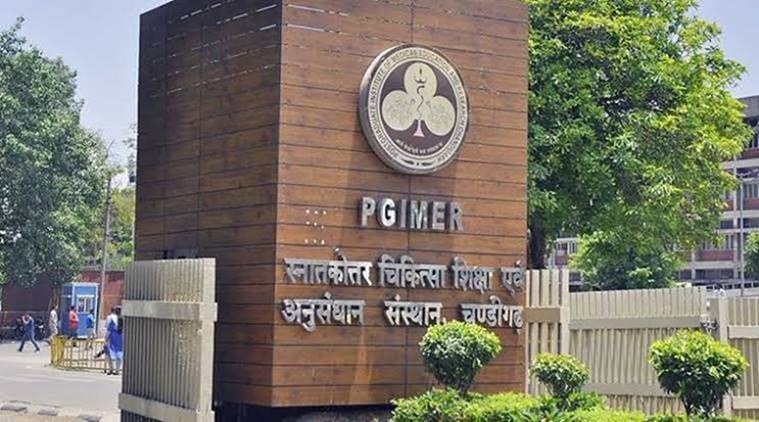 ICMR had selected 21 hospitals, including PGIMER, for the plasma therapy trials.
ICMR had selected 21 hospitals, including PGIMER, for the plasma therapy trials.
Six COVID-19 patients, including two from Chandigarh, have successfully undergone plasma therapy trial at the Post-Graduate Institute of Medical Education and Research (PGIMER). All six patients, which include two from Chandigarh, have recovered since and have been discharged from the hospital.
Furthermore, out of the six, three were a part of the control group and the rest were transfused with plasma from recovered patients.
Out of the 111 hospitals which had applied to participate in plasma therapy trials, 21, including PGIMER, were approved by the Indian Council of Medical Research (ICMR). These 21 hospitals are currently in the second phase of the trial, where the safety and the efficacy of the therapy has already been established, and a larger pool of participants are enrolled in the multi-centre randomized control trial.
“The therapy works best in patients with moderate symptoms, and with seven to nine days of contracting the virus,” explains Dr Pankaj Malhotra, from the Department of Internal Medicine at PGIMER. Plasma therapy works by transferring the plasma of a recovered COVID-19 patient to an active case of COVID-19, in the hope that the antibodies in the plasma from the recovered patient will introduce effective antibodies in the recipient’s body as well.
Hence this therapy is most useful in the initial phase of the disease, when the viral is still multiplying in the body.
“After that period is over, it is hard to fight off the viral load in the body even through the correct antibodies,” Dr Malhotra says.
According to the ICMR, patients have to fall in a specific ‘inclusion criteria’ to be selected for plasma therapy trial. This inclusion criterion is determined by using a P/F ratio, which records the measure of inspired oxygen received by the patient.
The P/F ratio of patients with moderate symptoms should fall between 200 and 300. These patients are then eligible for plasma therapy according to ICMR protocol.
“Apart from the P/F ratio, one needs to find a matching blood type of donated plasma, which is also a challenge because we have received plasma donations from only six patients as of now,” adds Dr Malhotra. Until now 329 patients from Chandigarh have recovered out of a total of 423 patients, yet only six have come to donate plasma.
Patients can donate plasma 28 days after their recovery date.
The two patients from Chandigarh who were treated successfully with convalescent plasma therapy are an 80-year-old woman from Bapu Dham Colony and a 57-year-old doctor from Sector 27. Both these patients recovered within two weeks of plasma transfusion.
Patients who are selected for the trial are given a dose of 200 ml of plasma on the first day of hospitalisation, and 200 ml more 24 hours after the first dose at PGIMER. Each patient recognized for the trial has to be approved by ICMR and has to give their consent for the trial.